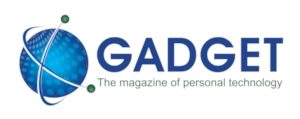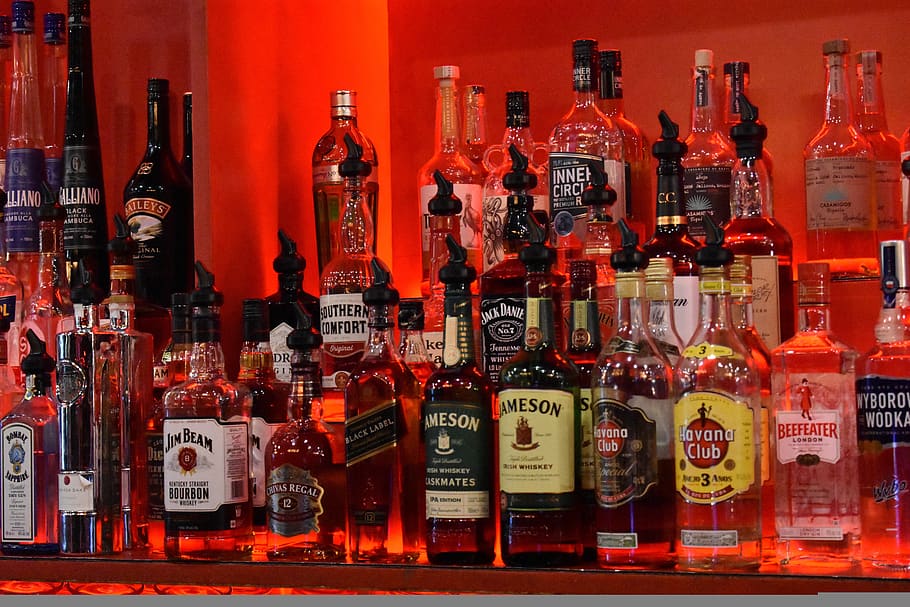Featured
Movement data maps SA’s post-lockdown alcohol fix
Monday, 1 June was very much looked forward to by several South Africans as the date they would be legally allowed to restock fridges, cabinets and stomachs with alcoholic beverages. As the day progressed, social media and various news sites were filled with images of long lines of people patiently waiting their turn at liquor retailers.
But was the surge of people going to bottle stores really that big, or were the queues more illustrative of the new access control policies in place, making us wait to enter?
Using aggregated and anonymised Tracker data, research and analytics company Lightstone looked at the patterns of behaviour of vehicles travelling to retail destinations to see where the truth lay. The picture is a bit muddied by the fact that retail activity is generally higher at the beginning of the month as a result of most salaries having been paid, and also because many more retailers were allowed to open on 1 June compared to previous weeks.
The data confirms that on Monday 1 June, South Africa did indeed behave differently to the Monday of the week before, month before, and three months before.
Makro stores saw 40% more visitors on 1 June than they had seen on 2 March (the first Monday in June compared to the first Monday in March), but 10% fewer visitors than they saw at month-end on 29 February 2020.
On average, the Makro visits in the week leading up to 1 June were already back up to 90% of the pre lock-down norm, so it seems as if the spike in Monday’s visits can at least be partly attributed to the opening up of alcohol sales.
Lightstone cautions that the analysis can only identify trips to shopping centres – not which shop/s people went to while at the specific centre. The data shows that out of almost 1,000 shopping centres analysed that offer a liquor outlet, 165 of them had more visitors on 1 June than an equivalent date pre-lockdown (2 March), and compared to month-end in February (with month end being a usually very popular time for shopping trips).
Shopping centres with a ‘Tops’ and/or ‘Blue Bottles’ store were on average at 70% of their normal pre-lockdown visits during the last week of May, yet up to 85% of their normal activity on Monday 1 June. Smaller centres with chain liquor stores saw bigger recoveries than bigger centres, understandably due to the bigger centres having already pulled shoppers back with non-grocery (e.g. clothing) retail offerings whereas smaller centres with only grocery and liquor outlets, now have substantial additional pull.
Looking only at the centres that had the biggest recovery of ‘back to normal retail patterns’, we see that the liquor chains present in those centres were most often a Tops, followed by a Pick n Pay liquor. (This view doesn’t consider the independent liquor outlets.)
The liquor stores in the top 20 centres showing the biggest recovery on 1 June 2020 are as follows:
| Shopping centre containing Chain liquor store | 1 June against 1 March |
| LIQUOR CITY JAN SMUTS – CRAIGHALL | 500% |
| ULTRA LIQUORS PLATINUM SQUARE | 369% |
| ULTRA LIQUORS SASOLBURG | 265% |
| BLUE BOTTLE FERNRIDGE | 237% |
| TOPS AT SPAR DOORNPOORT | 198% |
| LIQUOR CITY GLEN NERINE | 197% |
| LIQUOR CITY KRUGERSDORP | 180% |
| GAME LIQUOR KLERKSDORP | 155% |
| CHECKERS LIQUOR MORELETA PARK | 153% |
| LIQUOR CITY RYNFIELD | 153% |
| SHOPRITE LIQUOR KUILSRIVER | 153% |
| ULTRA LIQUORS KLERKSDORP – CHRIS HANI | 152% |
| PICK N PAY LIQUOR BARBERTON | 152% |
| TOPS AT SPAR WELTEVREDEN | 147% |
| TOPS AT SPAR DOWERGLEN | 146% |
| TOPS AT SPAR THE FALLS | 146% |
| TOPS AT SPAR RANDPARK RIDGE | 140% |
| LIQUOR CITY MONTANA | 137% |
| CHECKERS LIQUOR WOODLANDS | 136% |
| TOPS AT SPAR OLD FARM | 135% |
*Note – this view doesn’t include independent liquor stores and is a measure of increased attendance at the centre that the liquor store is in, not increased footfall into the liquor store itself.
Share
- Click to share on Twitter (Opens in new window)
- Click to share on Facebook (Opens in new window)
- Click to share on LinkedIn (Opens in new window)
- Click to email a link to a friend (Opens in new window)
- Click to share on Reddit (Opens in new window)
- Click to share on WhatsApp (Opens in new window)
- Click to share on Pinterest (Opens in new window)
| Thank you for Signing Up |

















